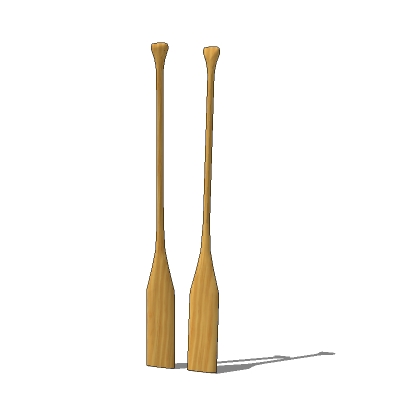Celebrity Millenium is electric propulsed by electric Azipods.
Celebrity Millennium - Wikipedia, the free encyclopedia
GTS Millennium is the
flagship of the
Millennium-class
cruise ships, operated by
Celebrity Cruises line. Her sister ships are
Constellation,
Infinity, and
Summit.
She was built at
Chantiers de l'Atlantique in
St. Nazaire,
France. When launched in 2000,
Millennium was the world's first ship to use a
turbo-electric COGAS power plant. Combined gas and steam (COGAS) is the name given to marine compound powerplants comprising gas and steam turbines, the latter being driven by steam generated using the heat from the exhaust of the gas turbines. In this way, some of the otherwise lost energy can be reclaimed and the specific fuel consumption of the plant can be decreased.
Millennium has a restaurant that contains wooden panels originally used in the
RMS Olympic (sister ship to the ill-fated
RMS Titanic and
RMS Britannic), removed and preserved when that ship was sold for scrap in 1935.
Sources of food include a two level main dining room, called "Metropolitan", and a buffet that serves breakfast, lunch, and dinner on deck 10.
Sources of entertainment include the Celebrity Theatre, in which musical shows, comedians, or big-screen movies can be seen. The theatre is also used for gathering people on excursions, as well as informative talks. Another source is the cinema, located on the third deck. This is used for informative talks as well as daily movies.
Millennium was docked in
Athens,
Greece, on September 11, 2001, and went into high-security lock-down upon receipt of news regarding the
September 11 attacks in the USA.
[3] A
Celebrity Cruises-sponsored marketing event onboard was in progress but it was curtailed and everyone except passengers and crew were removed from the ship. All other passenger activities except food service were cancelled. The following day, while at sea, a small private plane began to circle the ship, causing panic among several passengers on deck. The plane eventually flew away.[
citation needed]
In May 2011, a female passenger in her sixties was declared missing when she failed to disembark at a port call in San Diego. Security cameras on the ship showed that she deliberately jumped off the ship in the waters between
Cabo San Lucas and
San Diego.
[4][5]
After the ship's voyage from Miami to Roatan, Honduras, to Cozumel, Mexico, and back to Miami (April 16–21, 2012), the ship went to
dry-dock in the Bahamas for 3-weeks to be renovated.
Depending on the season, the ship visits the following destinations:
Alaska from
Vancouver and
Seward during the summer season,
Hawaii and
South Pacific Ocean in fall and
Southeast Asia from
Singapore and
Hong Kong during the winter season.
On August 9, 2013, an engine problem occurred aboard the ship, causing a delayed arrival in Seward. After arriving, the
Millennium then had to stay in port until August 13, 2013. This caused a drastic change to its following itinerary, originally planned to call at the Alaskan ports of Juneau, Skagway and Ketchikan. That cruise was shortened and the ship then proceed southbound to Vancouver without any ports of call. Passengers sailing on that voyage were provided a big variety of compensations as well as options; either to stay aboard the ship during its repairs at Seward, or to opt for a full refund. During the Sunday while the ship was undergoing repairs, Seward had two ships docked in port in total, the other ship being
Holland America Line's
Zaandam.
On August 18, 2013, after leaving Ketchikan on its northward voyage, another engine problem occurred forcing the ship to return to Ketchikan that evening. The U.S. Coast Guard required the engine problem to be repaired before the ship could set sail again with passengers. After several days of attempting repairs, the remainder of the voyage was canceled and Celebrity arranged for all passengers to be flown to Seattle, Vancouver or Anchorage. Customers were compensated similarly to those on the previous weeks cruise. The next 5 cruises on the schedule were also canceled as the ship sailed to their Bahamas dry-dock for major repairs to the Rolls-Royce Mermaid propulsion pod.

View of the pools

Directory

Hot tub






